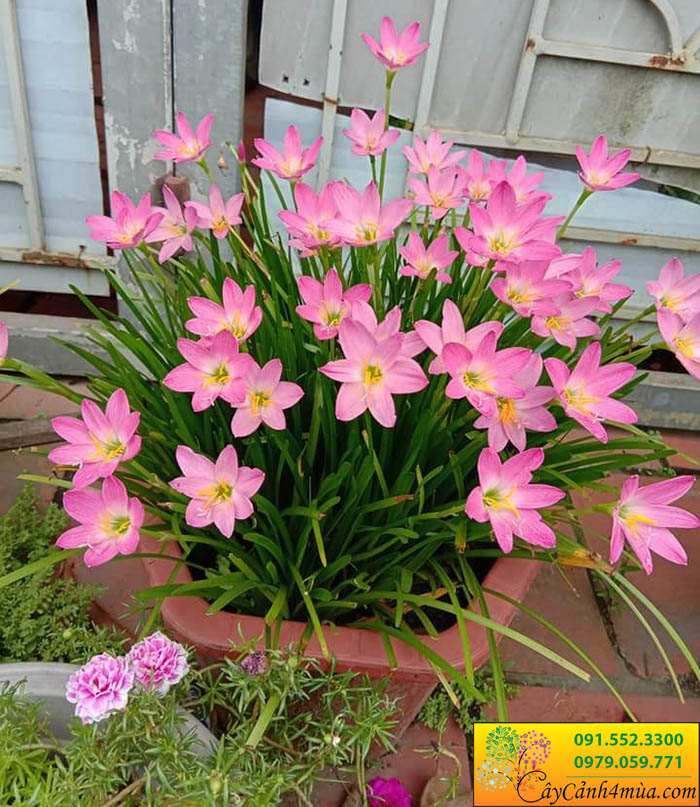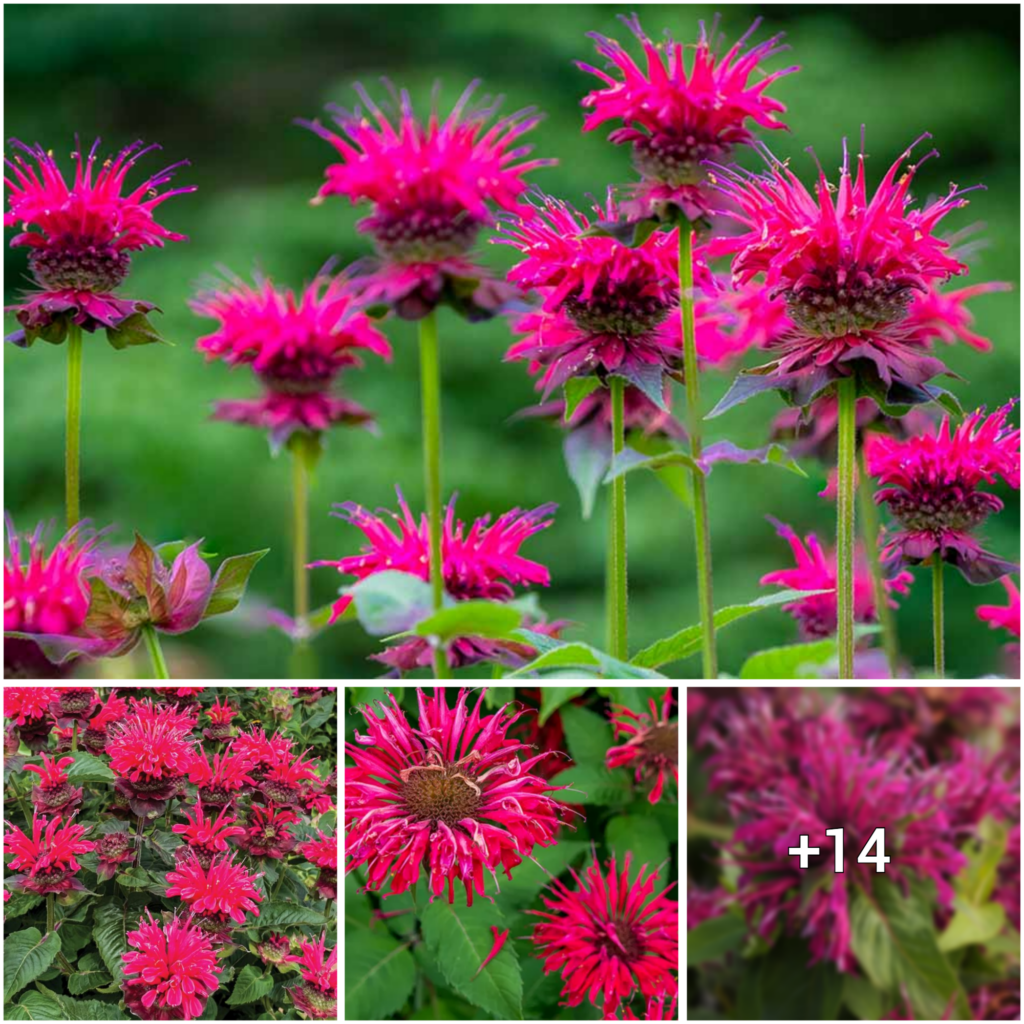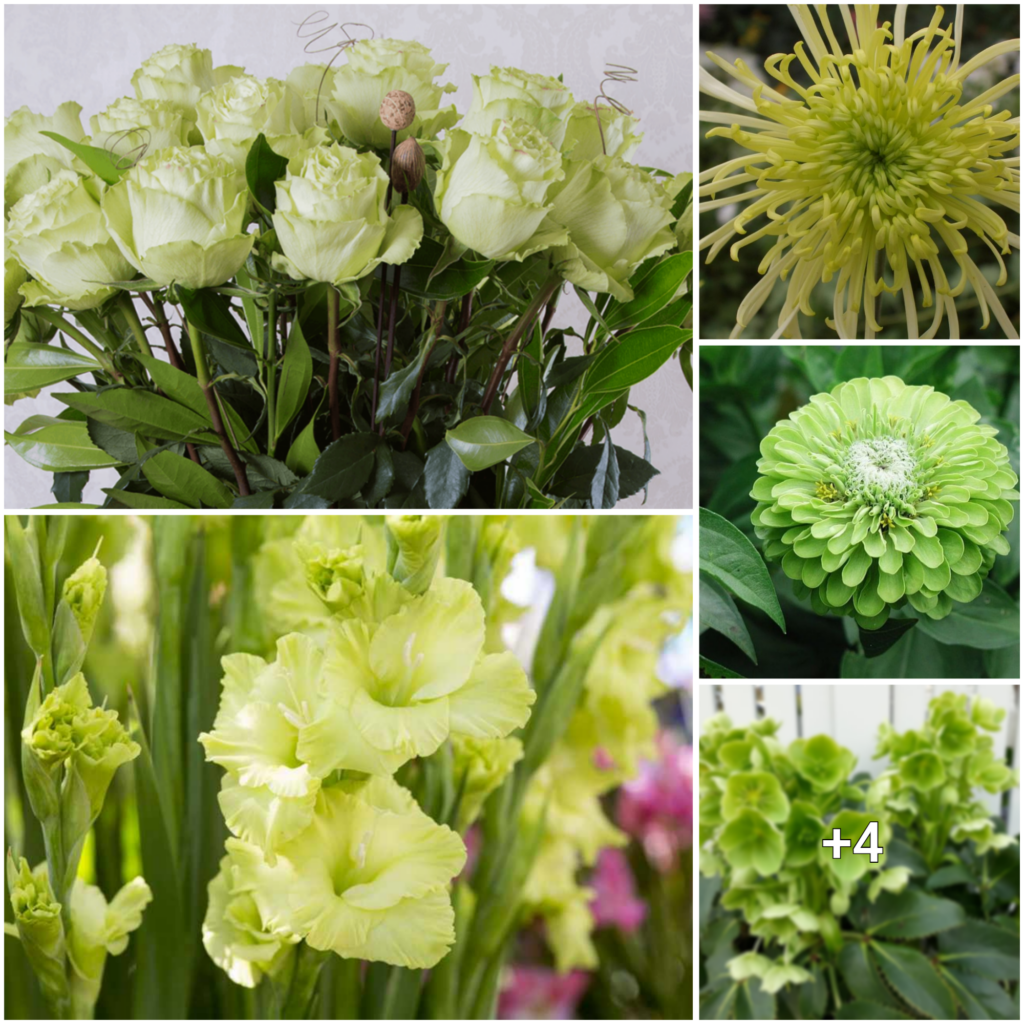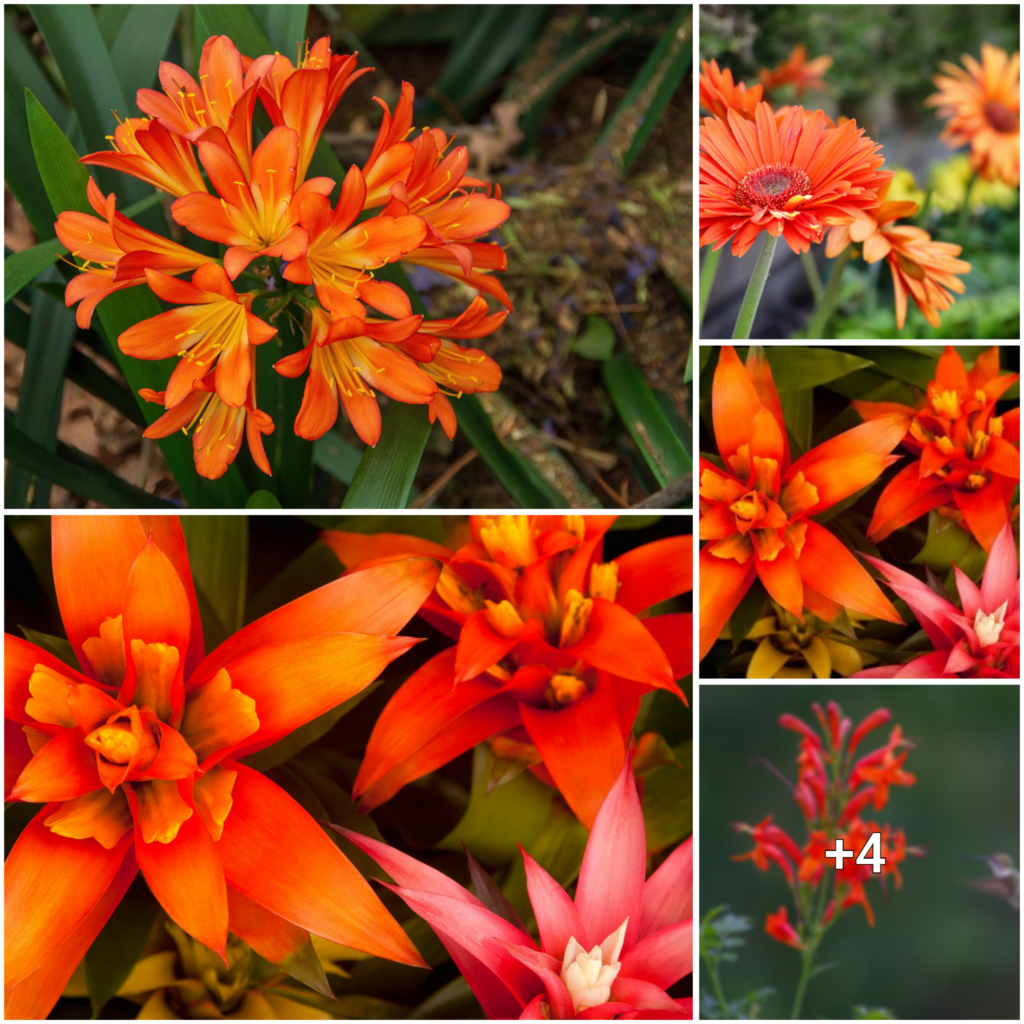Do you want your rain lilies to bloom beautifully throughout the year? Well, applying the right planting techniques is the key to achieving this goal. But, are you familiar with these techniques? Also, are you wondering if it’s difficult to cultivate rain lilies?

The Pink Rain Lily, also called Fairy Hair flower, is a beloved ornamental plant that serves more than just aesthetic purposes. Besides its beauty, the plant is known for its air-purifying qualities and stress-relieving properties. Growing this plant is a breeze, as it can be planted virtually anywhere, from parks and gardens to decorative pots indoors and on terraces. To ensure your rain lilies remain lush all year round, follow these planting techniques.

The Fairy Hair Tree is a lovely ornamental plant that requires proper planting techniques to thrive. It may be easy to grow, but even the smallest mistake can cause it to wither, resulting in fewer blooms and wilting flowers. So, how can you ensure successful growth when planting this beautiful flower?
One crucial step before planting is to choose the right soil. Loose soil that absorbs water easily and has high drainage ability is ideal for seedlings. To add nutrients and stimulate rapid growth, mix the soil with sawdust, coconut fiber, or rice husk ash. This will help your Fairy Hair Tree produce flowers all year round.
When selecting a planting location, choose a spot that has a cool temperature and receives gentle sunlight. This will create an optimal environment for your plant to flourish.
Caring for rain lilies is relatively simple. Newly planted seedlings require daily observation, and watering should be done twice a day, with 500 ml of water in the morning and afternoon. Avoid excessive watering, especially during the early stages of growth, as this can lead to waterlogging and stunted growth. If planting in a nutrient-deficient area, consider adding fertilizer to encourage healthy growth.





